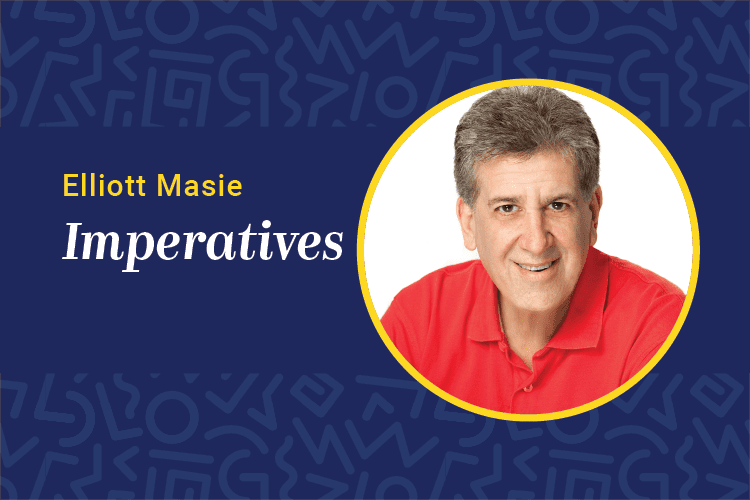It’s time to take a fresh look at meetings. You know, those gatherings that happen all day long in our organizations. People head to a conference room, sit around a table for anywhere between a few minutes to a few hours and attempt to share knowledge, collaborate or move a project along. Let me make a passionate plea for us to reconsider the culture and design of our meetings.
More Meetings than Classes
In most organizations, employees spend 10 to 100 times more hours in meetings than they do in classes (in person or online). Companies will spend dozens of hours designing a one-hour class that 50 employees might attend, yet minimal design time and effort might go into a series of staff meetings held around the country.
If we were to calculate the wage cost of our meetings, we would be rushed to the emergency room with cardiac arrest. If you are in decent health, do a quick spreadsheet of just one department of your organization. Ask employees how many hours per month they spend in meetings. Multiply that by 12 months and then by the average wage cost: You will be astounded at the wage cost of meetings.
Most employees carry a low set of expectations about an upcoming meeting:
The meeting will be too long for the topic.
Too much information will be transferred verbally.
Although the rhetoric of interaction will be high, the actual level of interaction will be low.
The meeting will drift from the agenda.
The wrong set of people might be there.
The outcome of the meeting may not be worth the time investment.
Meeting Re-Design
We have developed a number of re-design elements and new “rituals” for meetings that you might want to consider:
Meeting Design: We need to bring the wisdom, art, science and creativity of instructional design to meeting design. Bring the approach of needs analysis, storyboarding and “scope and sequence,” as well as the need to deal with motivation and remediation, to the meeting design process.
Meeting Duration: The vast majority of meetings are one hour long. This matches the length of a TV drama series and fits nicely into our calendaring systems at work. In fact, most meetings in organizations have the length determined prior to the outcome objective. Experiment with shorter lengths.
Chairs and Sitting: Why do we sit in all of our meetings? A number of executives are experimenting with a stand-up meeting space: big whiteboards in a round space with no chairs. Try it, and you will be amazed at how the process changes as people think on their feet.
Stipulation of Information: When people accept an invitation to a meeting, ask them to stipulate that they have read and understand the information sent as pre-work. Then, come to the meeting stipulating what information they have all reviewed and start from that point. Put up a “stipulation list” that reveals what everyone already knows.
Talking Stick: Experiment with using a stick or other object that gives the holder the exclusive right to speak. They give the stick to the next speaker, which often dramatically improves the percentage of participation and brings quieter members into the conversations while controlling the dominating speakers.
Digital Capture: Consider turning on a video camera at the end of the gathering to build a short “outcome object” of comments and commitments from meeting participants that can be reviewed at a later date or shared with a wider audience.
In Person, By Video or Asynchronous: Just because we can meet in person does not mean that it’s the best model for interaction or outcome. Look at online, video-based and asynchronous collaboration technologies as options for most gatherings.
Sometimes Social is the Goal: Let’s be honest: Sometimes, the purpose of a meeting is not the outcome, but the social networking and team building. We can be more overt about those settings and design for a better outcome.
Elliott Masie is the CEO of The MASIE Center’s Learning Consortium. He can be reached at emasie@clomedia.com.











